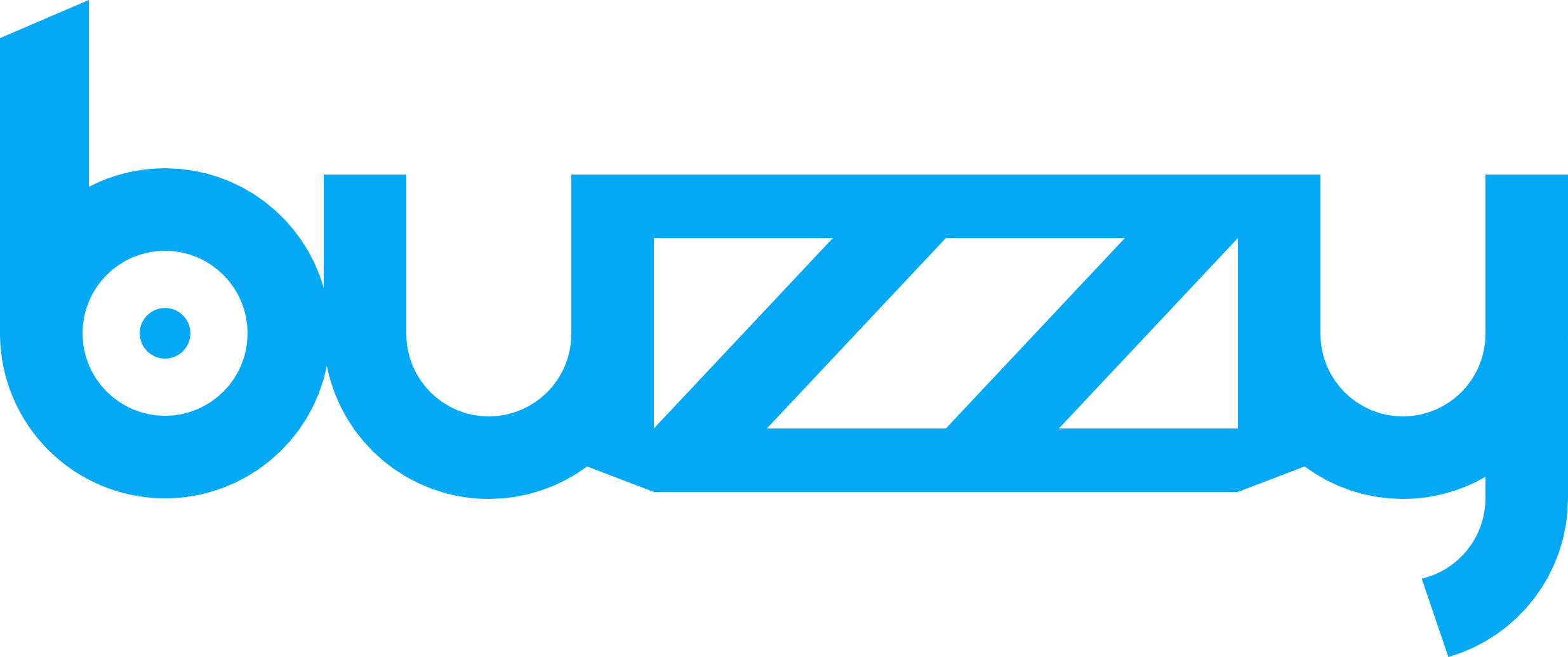How to Build an AI-Powered Chatbot Without Coding
- Adam Ginsburg
- Mar 11
- 4 min read
Are you overwhelmed by a constant influx of emails, messages, and repetitive customer queries? Imagine having an AI chatbot that automates responses, enhances customer service, and streamlines workflows—without any coding. With Buzzy’s AI-powered chat app template, you can create a custom AI assistant in minutes, integrating with tools like Figma, Make, and Anthropic’s AI to deliver intelligent, context-aware conversations.
In this guide, we’ll walk through how to build your own AI chatbot using no-code tools, perfect for business automation, customer support, and productivity enhancement.
Why Use a No-Code AI Chatbot?
Chatbots have become essential for businesses, startups, and creators who need to handle repetitive questions, automate workflows, or provide 24/7 customer support. But traditional chatbot development requires programming knowledge and complex integrations.
With Buzzy’s no-code AI chat template, you can:
Launch a fully functional chatbot in minutes using a pre-built template
Customize the chatbot UI with Figma—no design limitations
Integrate AI-powered responses with tools like Anthropic, OpenAI, or other AI services
Automate workflows with Make (or Zapier) for seamless backend operations
Whether you’re a Figma designer, a no-code AI enthusiast, or a business looking to streamline communication, this solution is designed to save time and boost efficiency.
How to Build Your AI Chatbot with Buzzy
Step 1: Start with Buzzy’s AI Chat App Template
Buzzy provides a ready-made AI chatbot template that includes:
A pre-designed Figma file with chat UI elements
A fully functional no-code backend to manage chatbot interactions
Integration capabilities with AI models and workflow automation tools
Visit the Buzzy template directory to duplicate the AI-powered chat app template into your Buzzy workspace.
Step 2: Customizing Your Chatbot with Figma
One of the most powerful aspects of Buzzy is its deep integration with Figma, allowing you to:
Modify the chatbot UI (login screens, message bubbles, layouts)
Connect interactive elements to your data model
Update designs in real-time without disrupting functionality
Once your Figma design is finalized, use the Buzzy plugin to define the data structure and turn your design into a live chatbot application.
Step 3: Integrate AI for Smart Conversations
Your chatbot will need an AI-powered brain to interpret and respond to user queries. In this example, we use Anthropic’s AI, but you can also integrate OpenAI (ChatGPT) or other AI models like DeepSeek R1.
How it works:
User sends a message in the chat interface
The message is routed through Make (or Zapier) for processing
The AI analyzes the input and generates a response
The chatbot delivers the AI-generated reply back to the user
This setup ensures that your chatbot understands context, provides relevant answers, and continuously improves over time.
Step 4: Automate Workflows with Make (or Zapier)
To fully automate your chatbot, you'll use workflow automation tools like Make or Zapier. These tools allow you to:
Handle message routing between Buzzy and the AI model
Trigger personalized responses based on user interactions
Store chat history and user preferences for smarter conversations
For example, if a user asks about surfing conditions in Indonesia, the chatbot can fetch real-time data or recommend surf spots based on previous interactions.
Step 5: Test & Optimize Your Chatbot
Before launching, it’s essential to test your chatbot in different scenarios:
Does it handle multiple message types? (Initial vs. follow-up messages)
Does it provide relevant responses consistently?
Does it understand user intent and maintain context?
By refining your chatbot’s prompting, workflows, and AI model, you can enhance its accuracy and user experience.
Expanding Your Chatbot’s Capabilities
Once your chatbot is live, you can further enhance its functionality by:
Integrating it into an existing app (e.g., customer portals, internal tools)
Connecting it with a CRM to track customer interactions
Adding multilingual support to serve global users
Using AI-powered knowledge bases for industry-specific expertise
Buzzy’s flexible no-code framework allows you to scale and customize your chatbot to match your business needs.
Who Should Use This No-Code AI Chatbot?
This chatbot is ideal for:
Figma designers who want to turn designs into functional AI apps
No-code AI builders looking to integrate intelligent chatbots
Startups and businesses automating customer support
Entrepreneurs testing AI chatbot MVPs before scaling
Anyone looking to integrate AI into business workflows
Whether you're building a chatbot for customer support, lead generation, or personal productivity, this solution offers fast deployment, low cost, and full customization.
Why Use Buzzy for Your AI Chatbot?
No-code, fully customizable chatbot app
Seamless integration with Figma for UI control
AI-powered responses from Anthropic, OpenAI, or your preferred model
Automated workflows via Make or Zapier
Perfect for MVPs, startups, and business automation
With Buzzy, you get a production-ready chatbot without the need for coding or expensive development teams.
Watch the Full Tutorial & Get Started
Watch the step-by-step tutorial on YouTube: click here
Try the Buzzy AI Chatbot Template: click here
Subscribe for more no-code AI tutorials and automation tips
If you’re ready to build your own AI-powered chatbot, start today with Buzzy’s no-code AI chat app template.


